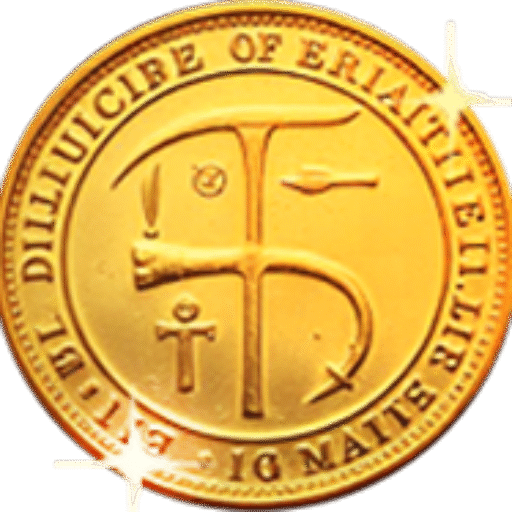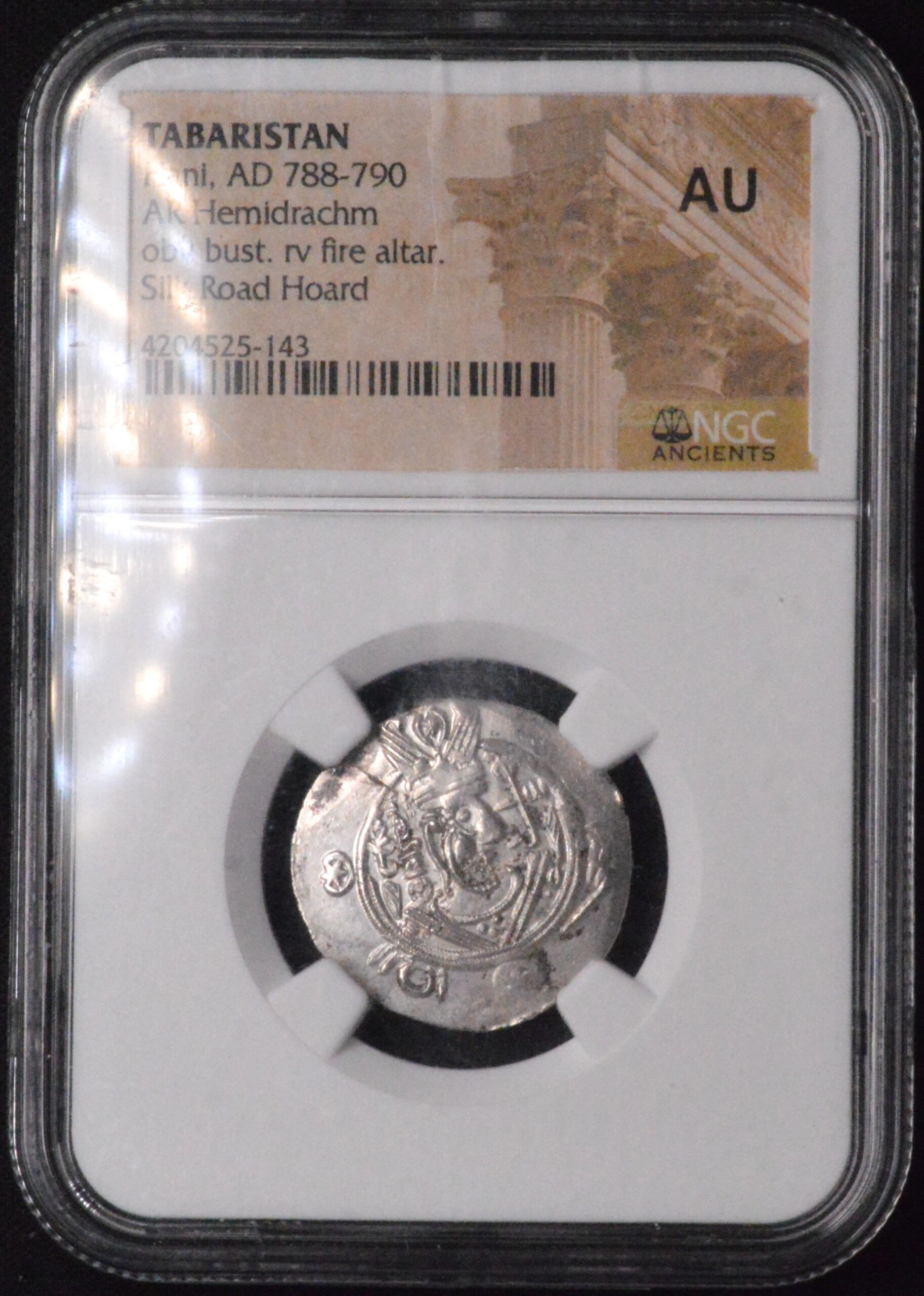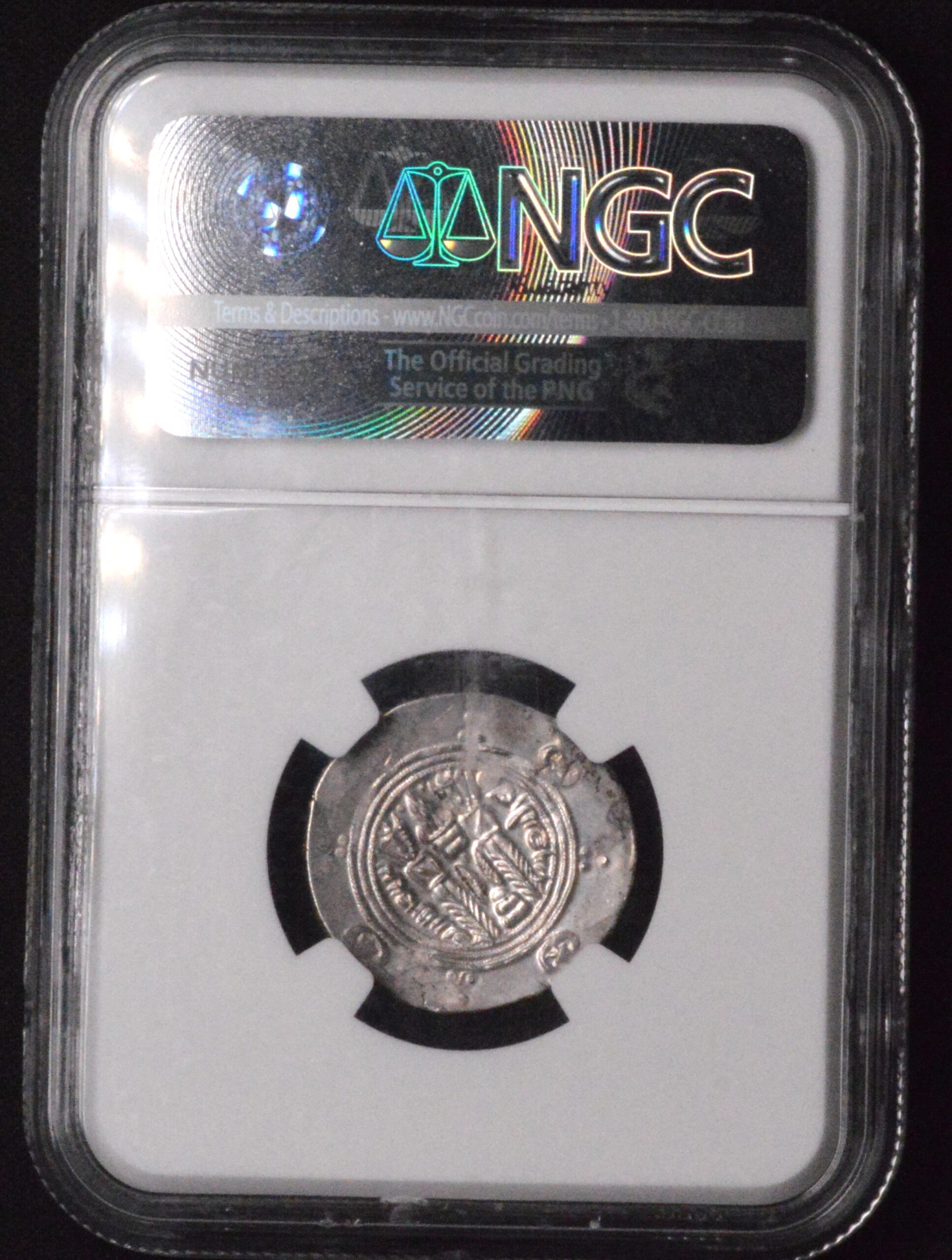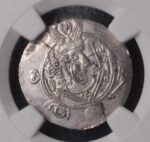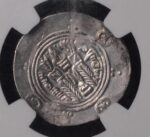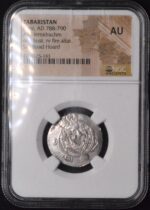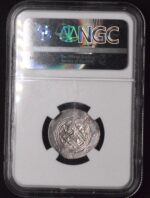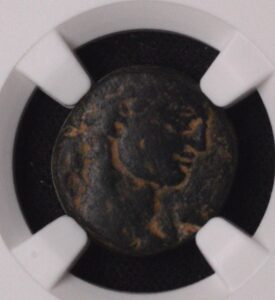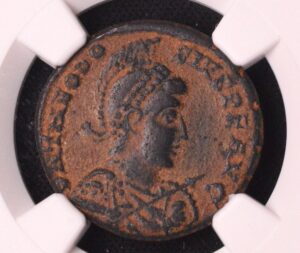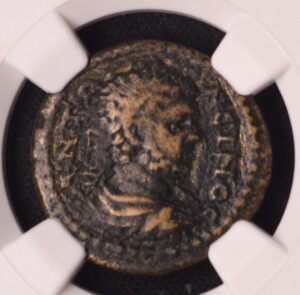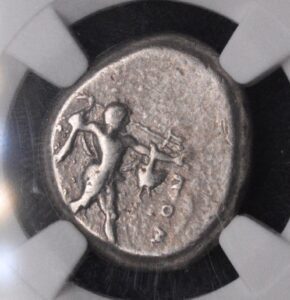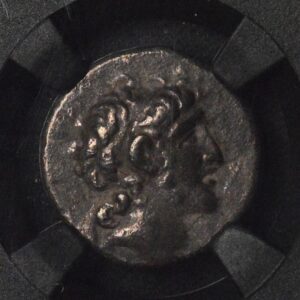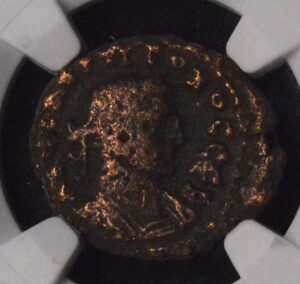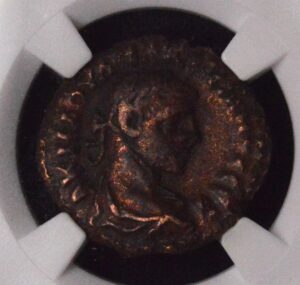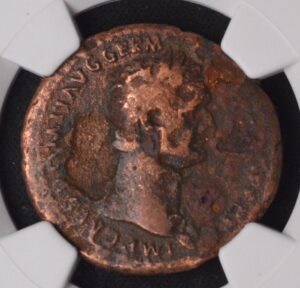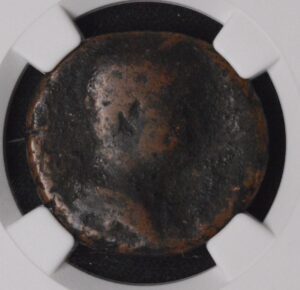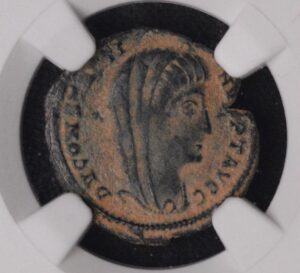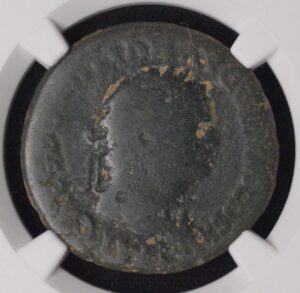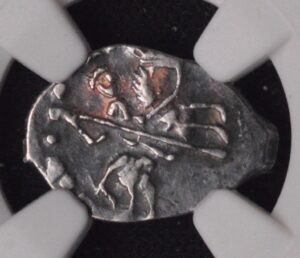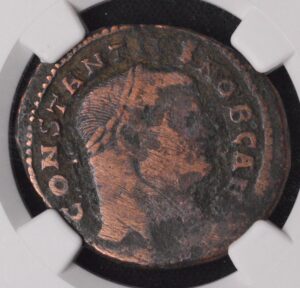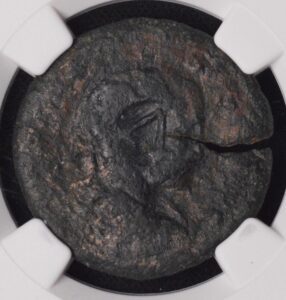Description
Sasanian Empire coins are highly distinctive ancient coins minted during the reign of the Sasanian dynasty from 224 to 651 AD, covering a vast empire in what is now Iran and beyond. Typically, these coins are silver drachms weighing around 4 grams with a diameter of 25-30 mm, made of high-purity silver and widely recognized for their detailed royal portraits and religious symbolism.
The obverse of a Sasanian silver coin usually features the bust of the reigning king with an elaborate crown unique to each ruler, symbolizing divinity and authority, often rendered in a slightly stylized and bold artistic style. The reverse commonly depicts a Zoroastrian fire altar, flanked by attendants, highlighting the religious and cultural identity central to the Sasanian state. Coins often incorporate multiple rims and astral symbols like stars and crescents outside the rim as additional iconography.
Sasanian coins were all hand struck with broad but thin flans, which sometimes caused imperfections like “dead spots” on the design. Despite regional mints, coin typology and style remained highly consistent due to centralized royal control over production and die issuance. The coinage system included silver drachms, fractional denominations, limited gold dinars primarily for ceremonial use, and copper coins for everyday circulation.
These coins hold immense historical, artistic, and cultural importance as well as considerable interest among collectors. In the present day, Sasanian coins graded by NGC or similar services often receive grades like AU (About Uncirculated) when they show very slight signs of wear, retaining sharp details of the royal portrait and fire altar.
In summary, a Sasanian Empire coin graded NGC AU represents a well-preserved, historically rich artifact from a powerful ancient Persian dynasty, featuring iconic portraiture, religious symbolism, and expert craftsmanship reflecting the empire’s centralized mint control and cultural heritage.
Sasanian Empire coins are highly distinctive ancient coins minted during the reign of the Sasanian dynasty from 224 to 651 AD, covering a vast empire in what is now Iran and beyond. Typically, these coins are silver drachms weighing around 4 grams with a diameter of 25-30 mm, made of high-purity silver and widely recognized for their detailed royal portraits and religious symbolism.
The obverse of a Sasanian silver coin usually features the bust of the reigning king with an elaborate crown unique to each ruler, symbolizing divinity and authority, often rendered in a slightly stylized and bold artistic style. The reverse commonly depicts a Zoroastrian fire altar, flanked by attendants, highlighting the religious and cultural identity central to the Sasanian state. Coins often incorporate multiple rims and astral symbols like stars and crescents outside the rim as additional iconography.
Sasanian coins were all hand struck with broad but thin flans, which sometimes caused imperfections like “dead spots” on the design. Despite regional mints, coin typology and style remained highly consistent due to centralized royal control over production and die issuance. The coinage system included silver drachms, fractional denominations, limited gold dinars primarily for ceremonial use, and copper coins for everyday circulation.
These coins hold immense historical, artistic, and cultural importance as well as considerable interest among collectors. In the present day, Sasanian coins graded by NGC or similar services often receive grades like AU (About Uncirculated) when they show very slight signs of wear, retaining sharp details of the royal portrait and fire altar.
In summary, a Sasanian Empire coin graded NGC AU represents a well-preserved, historically rich artifact from a powerful ancient Persian dynasty, featuring iconic portraiture, religious symbolism, and expert craftsmanship reflecting the empire’s centralized mint control and cultural heritage.
Sasanian Empire coins are highly distinctive ancient coins minted during the reign of the Sasanian dynasty from 224 to 651 AD, covering a vast empire in what is now Iran and beyond. Typically, these coins are silver drachms weighing around 4 grams with a diameter of 25-30 mm, made of high-purity silver and widely recognized for their detailed royal portraits and religious symbolism.
The obverse of a Sasanian silver coin usually features the bust of the reigning king with an elaborate crown unique to each ruler, symbolizing divinity and authority, often rendered in a slightly stylized and bold artistic style. The reverse commonly depicts a Zoroastrian fire altar, flanked by attendants, highlighting the religious and cultural identity central to the Sasanian state. Coins often incorporate multiple rims and astral symbols like stars and crescents outside the rim as additional iconography.
Sasanian coins were all hand struck with broad but thin flans, which sometimes caused imperfections like “dead spots” on the design. Despite regional mints, coin typology and style remained highly consistent due to centralized royal control over production and die issuance. The coinage system included silver drachms, fractional denominations, limited gold dinars primarily for ceremonial use, and copper coins for everyday circulation.
These coins hold immense historical, artistic, and cultural importance as well as considerable interest among collectors. In the present day, Sasanian coins graded by NGC or similar services often receive grades like AU (About Uncirculated) when they show very slight signs of wear, retaining sharp details of the royal portrait and fire altar.
In summary, a Sasanian Empire coin graded NGC AU represents a well-preserved, historically rich artifact from a powerful ancient Persian dynasty, featuring iconic portraiture, religious symbolism, and expert craftsmanship reflecting the empire’s centralized mint control and cultural heritage.
CUSTOMER FEEDBACK








Related Products & Newly Released!




SHIPPING POLICY
Your order is shipped from the United States with USPS tracking within one business day.
14 Day Return Policy
You can return your item back within
14 days of the purchase

Secure payments
Your payments are 100% secure and are processed through Square or PayPal on a protected security network.
SHIPPING POLICY
FREE International and Domestic (United States) shipping. Your order is shipped with USPS tracking 24 hours after you order.
14 Day Return Policy
You can return your item back within
14 days of the purchase

Secure payments
Your payments are 100% secure and are processed through Square or PayPal on a protected security network.
RESOURCES
support
Get Fresh Articles!
Sign up now to receive our articles for the latest insights and promotions!
RESOURCES
support
Get Fresh Articles!
Signup our newsletter to get update insight or promotions.

